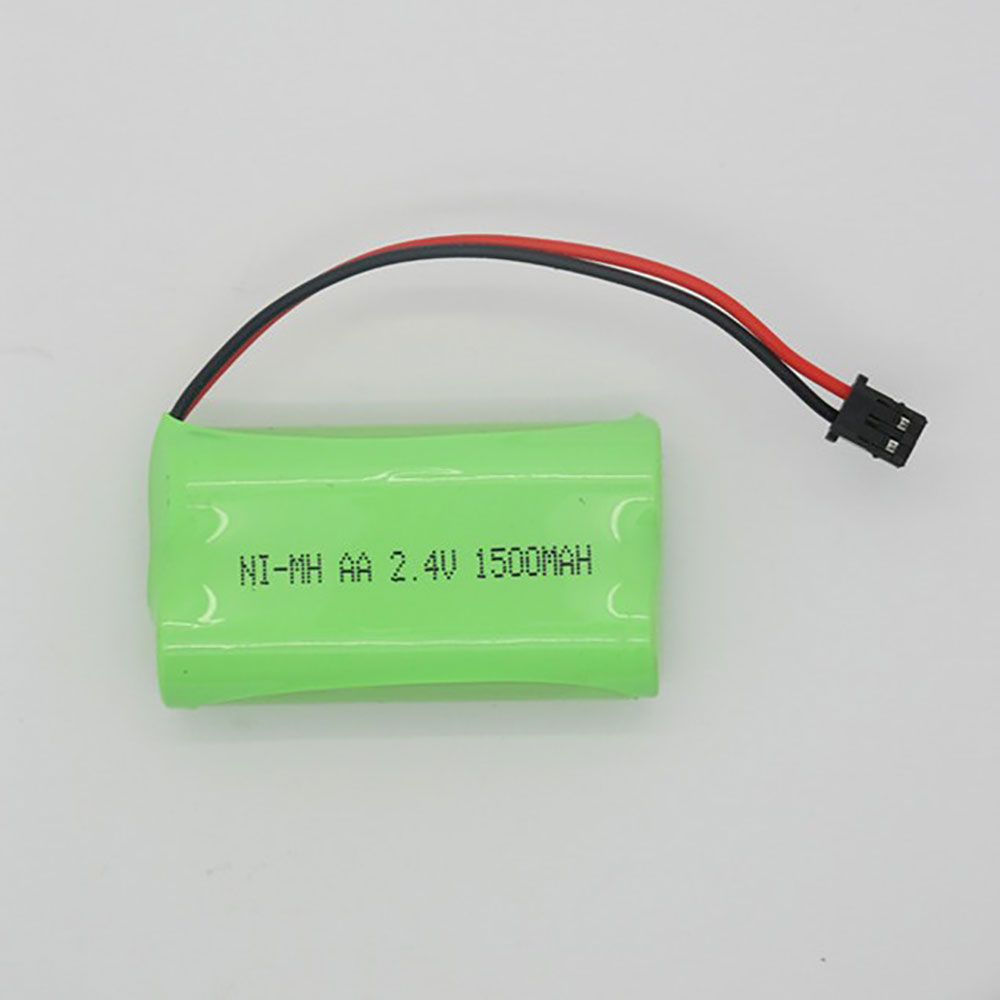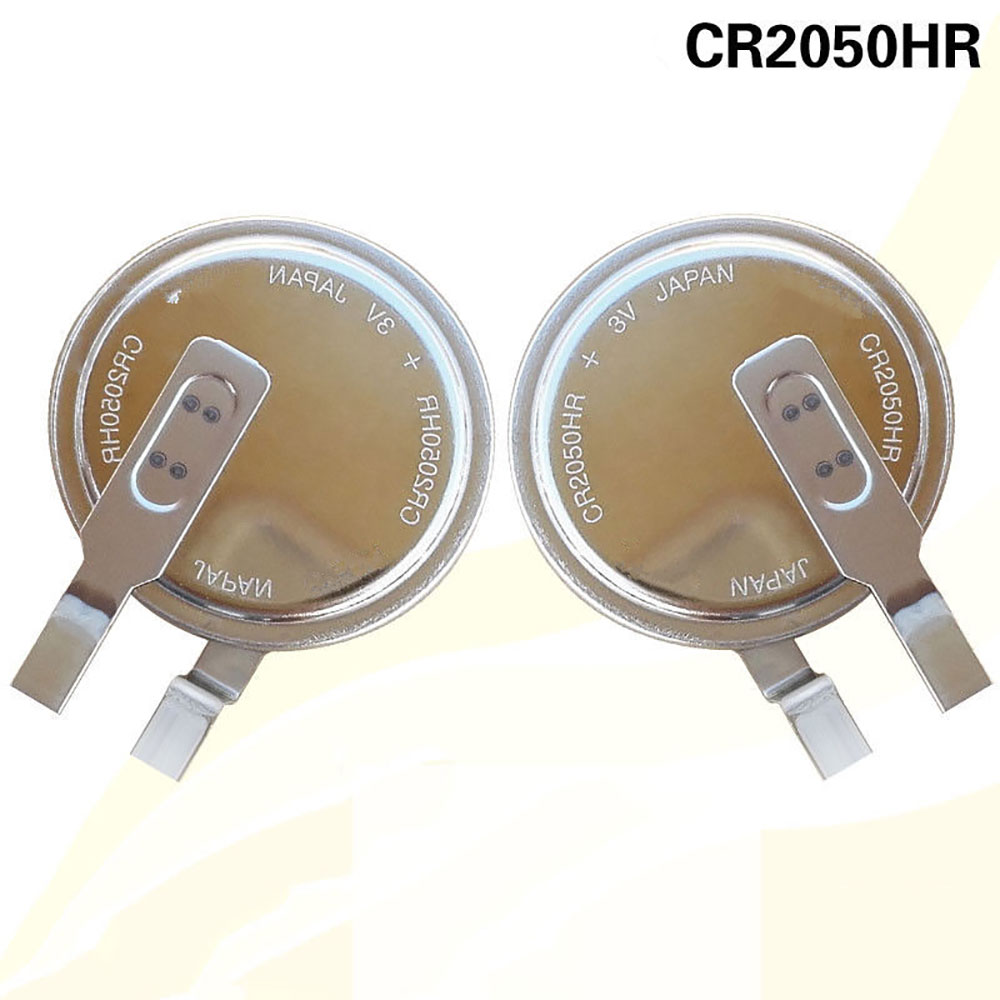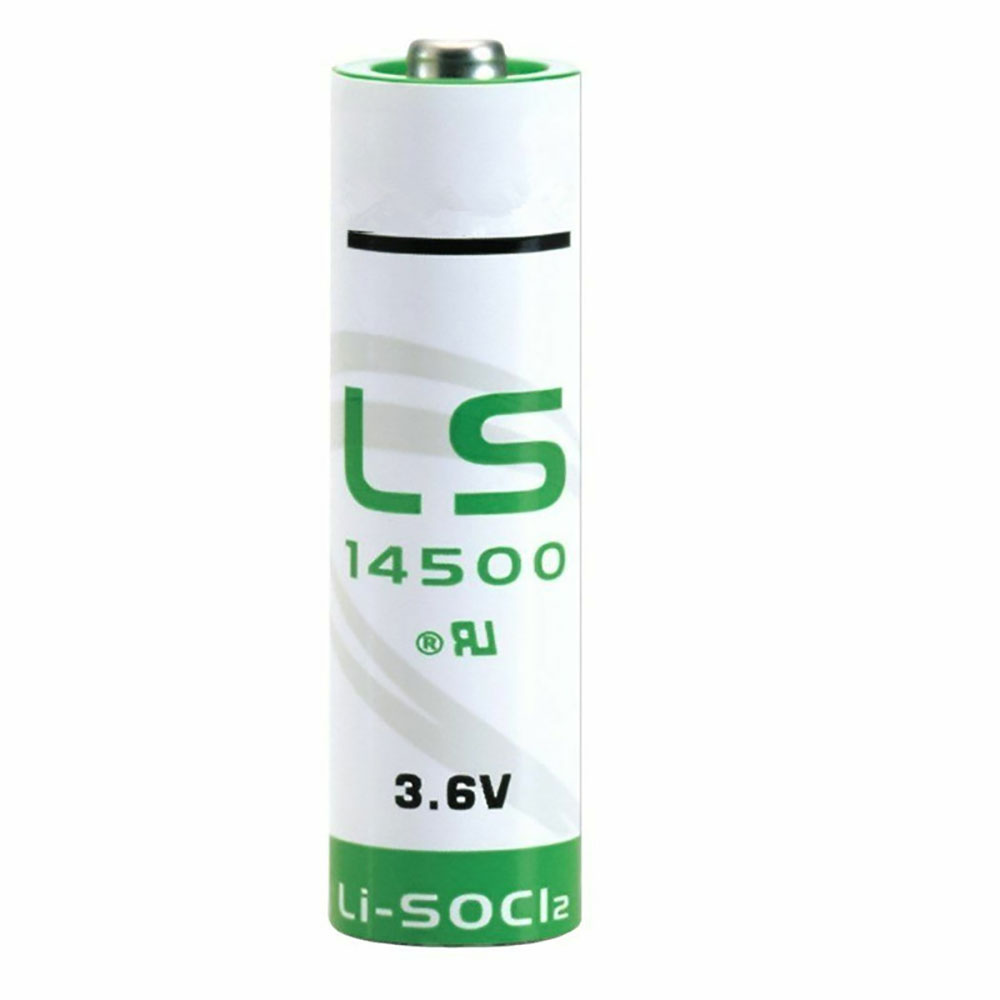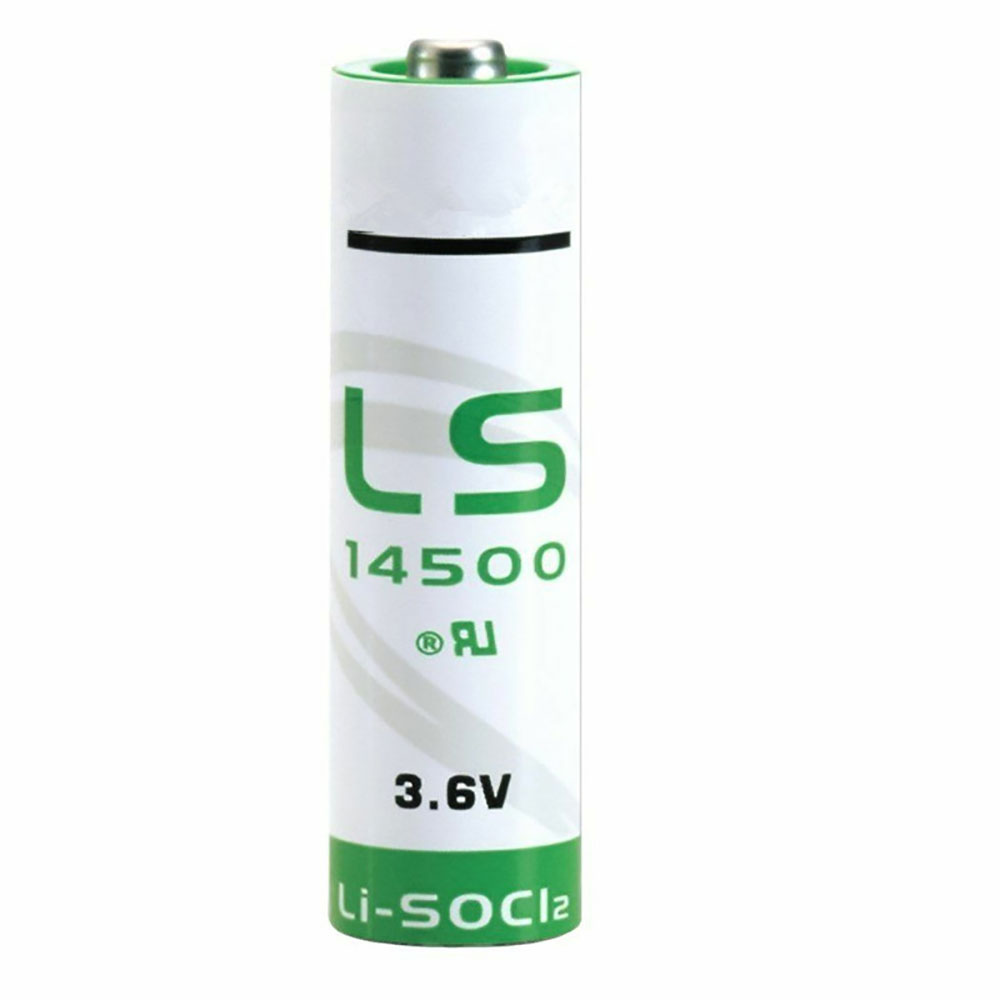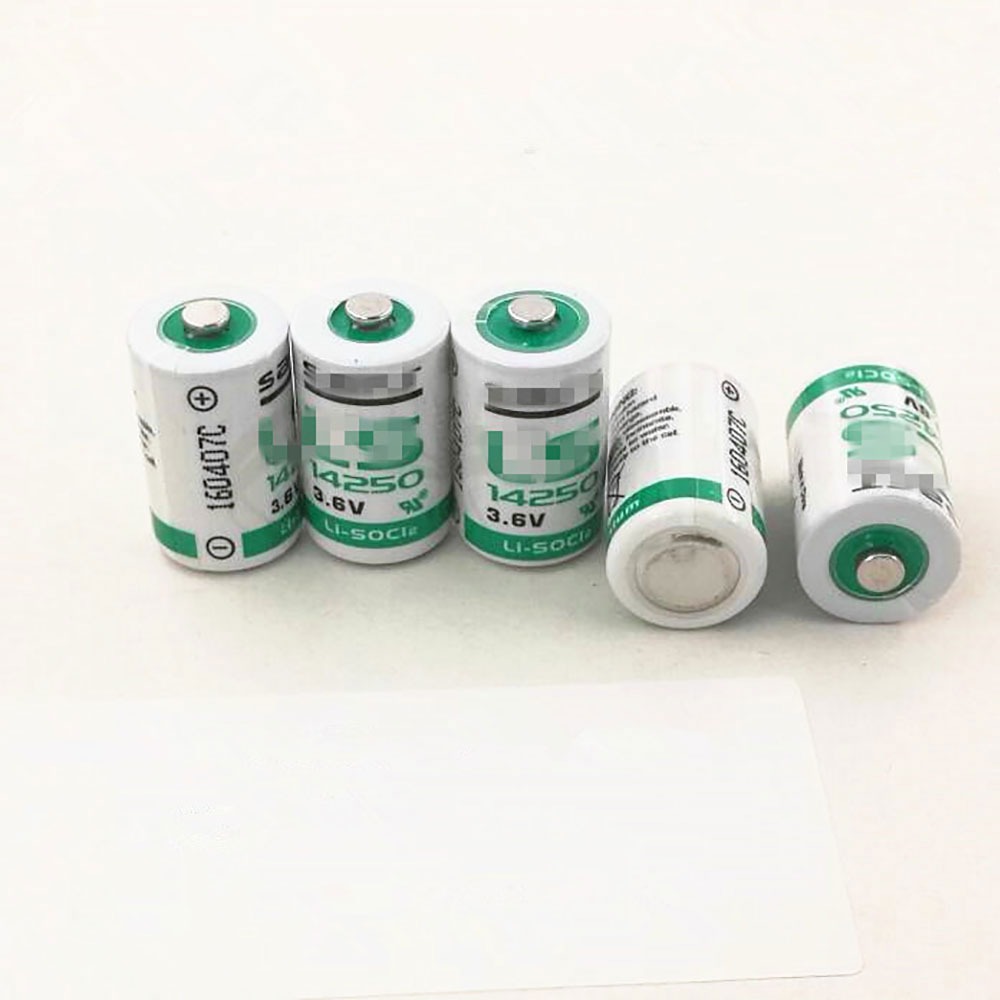It’s no secret that camera quality is near the top of the list when it comes to requirements for a smartphone. And that’s the case no matter how much you’re spending. Thankfully there are plenty of phones out there that offer solid camera experiences without breaking the bank. The best of the best is the Google Pixel 3a. It gives you flagship camera quality, front and back, for a fraction of the cost — and stands out particularly well at night and for selfies.
Best Overall: Google Pixel 3a
The Pixel 3a has almost a perfect copy of the much more expensive Pixel 3’s camera, and that’s a great thing for everyone. The Pixel 3a’s rear camera is super-capable in any lighting and is particularly great in low light thanks to the Night Sight shooting mode. Flip over to the front camera, and you get crystal-clear selfies with a good field of view, auto focus and a good portrait mode.
The rest of the phone rounds out well, too. You get Google’s clean and always up-to-date take on software, along with good-enough specs and hardware that’s befitting the price point. Really, there are no notable downsides considering where this phone’s competing.
Pros:
Flagship-level photo quality, front and back
Best-in-class low-light photos
Simple Google software
Guaranteed software updates
Cons:
Plasticky build
Average battery life
Best for Less: Moto G7
The standards for camera quality are certainly lower when you’re talking about reallyinexpensive phones, but among a weaker segment in the grand scheme of smartphones, the Moto G7 stands out. It keeps things simple with a solid main camera that has above-average quality in daylight and still manages to make things happen in low light. Camera speed is good, too, but don’t get too excited by its extra depth-sensing camera — it’s not worth much.
Elsewhere the Moto G7 makes a compelling case for being the best phone in its price bracket. You get a big display, solid battery life, and nice little software features that separate it from the crowd. The camera isn’t the driving factor in your buying decision here, but it’s a big part.
Pros:
Solid main camera quality
Double-twist camera launch gesture
Incredible value for money
Big 6.2-inch display
Cons:
Questionable software update future
Secondary depth camera not useful
No NFC
Best Value: Samsung Galaxy A50
Samsung is best known for its high-end phones, but the A50 has stepped into the mid-range with a winner. The 25MP main camera is capable in good and mixed lighting, though as expected for this price point comes up short in lower light. But what’s surprising for this money is the addition of both a dedicated wide-angle camera, which takes fun shots with a new perspective, and a dedicated depth camera for portrait shots.
The 6.4-inch display is both bigger and much nicer than you’d ever expect for something that competes in the mid-range, as is the beautiful hardware. The spec sheet is strong, with a 4000mAh battery that gives you great longevity. You’ll have to face some Samsung-induced bloatware in the software, but the A50 is a great overall phone that isn’t at all let down by its cameras.
Pros:
Flagship-style triple camera
Top-tier display
Strong battery life
Great specs for the money
Cons:
Considerable bloatware in the software
Portrait mode shots are weak
No MST Samsung Pay support
Best for Selfies: ASUS ZenFone 6
The ZenFone 6’s rear camera is solidly above average and is really strong for its price. The trick here is that it can flip over and become the front-facing camera. That instantly makes the front-facing camera experience miles ahead of anything else in terms of resolution and lens quality. You get rather exceptional selfies from this camera, without any of the typical shortcomings of a tiny front-facing camera.
The rest of the phone is great for the money, as ASUS has completely refreshed its software experience and settled into some really nice-looking and nice-feeling hardware. All of the specs, including a big battery, exceed expectations for the price point.
Pros:
Excellent selfies from flip-up rear camera
Clean software experience
Above-average rear camera quality
Great battery life
Cons:
Weak display for the money
Camera tends to over-sharpen
More expensive than Pixel 3a XL
Best Internationally: Xiaomi Mi 9T Pro
If you’re outside the U.S. (or looking for something a little different), the Xiaomi Mi 9T Pro could be up your alley. You’ll find a 48MP main camera on the back that can be found in tonsof higher-end phones this year, which produces great photos that can go toe-to-toe with the competition. Plus it has dedicated ultra-wide and telephoto cameras — that’s not very common at this price range — and a neat pop-up selfie camera that saves you from a display notch.
Like most Xiaomi phones it has some over-built specs for its price, like a Snapdragon 855 and 6GB of RAM, plus a huge 6.4-inch display and an equally large 4000mAh battery. That’s a great package with a great set of cameras to match.
Pros:
Very capable triple camera
Near-flagship specs
Big, beautiful display
Excellent price
Cons:
Slow face unlock from pop-up camera
MIUI has software issues
Mixed international availability.
Bottom line
If camera quality is the top consideration when buying a phone, but you’re on a budget, the Google Pixel 3a is absolutely the best choice. Its camera is lifted right from the high-end Pixel 3, and it shows — it’s dramatically better than anything else at the same price. Also, if you want a bigger version, you can pick up a Pixel 3a XL for just a little more.
The Pixel 3a’s cameras may not seem that impressive on paper, and it doesn’t have the variety of shooting methods or lenses to choose from, but it’s all about the results here. Front or back, the 3a’s cameras take exceptionally sharp, balanced photos — and its Night Sight will produce better low-light shots than just about any other phone, regardless of price.

